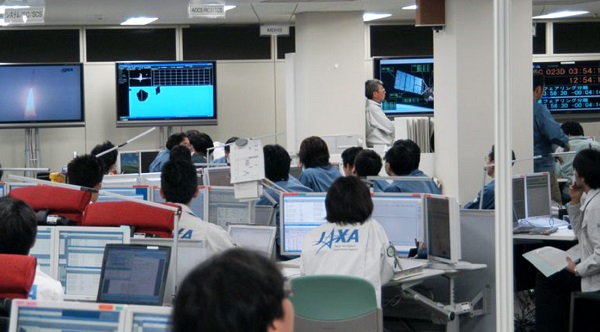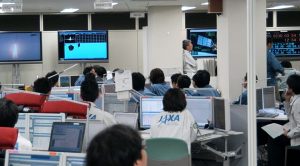
The Japanese space agency, has announced the joint research agreement as part of its Small Technology Innovation Satellite Research and Development Program. It will be partnering with iQPS (Institute for Q-shu Pioneers of Space) to enable a high-performance computing environment that will support its onboard precise point positioning (PPP) technology.
The agency writes:
“In this joint research, we will combine a high-performance computer for high-resolution satellite image processing on-orbit with [PPP] technology for obtaining highly accurate satellite orbital position information, and will analyze the results of on-board experiments and actively rewrite the algorithm to improve it in order to agilely improve the maturity of the on-board PPP algorithm.”
“By using the demonstration cycle of rewriting the on-board PPP algorithm based on the results of the on-orbit demonstration, we aim to improve the technical maturity of the algorithm overwhelmingly faster than the conventional research and space demonstration cycle of developing on the ground and demonstrating in space.”
The results of the on-board PPP technology are expected to shorten the time it takes to provide image data to Earth observation satellite users. The aim is to also improve the accuracy of satellite images, improve the sophistication of space weather forecasts, and contribute to upper atmospheric observation.
PPP
Specifically, the agency outlines three aims for the demonstrations.
First, the use of small and ultra-small satellites to test technology that “can be used by both the public and private sectors in a rapid cycle”. Second, to prove the on-board computer that is described as having approximately 40 times the capacity of conventional spacecraft computing environments, allowing general-purpose “terrestrial” software to run as is.
And finally, there is the Precise Point Positioning (PPP) technology. As well as two-frequency positioning signals broadcast from positioning satellites, it will be using MADOCA (Multi-GNSS Advanced Orbit and Clock Augmentation) correction information, broadcast from quasi-zenith satellites, to estimate satellite orbital position in real time to centimeter-level accuracy on orbit.
If MADOCA correction information is not used, the real-time satellite orbital position estimation accuracy that can be achieved on orbit is about several meters to a dozen meters, highlights the agency.
iQPS
iQPS has been developing “QPS-SAR”, a high-resolution small radar satellite that provides high-resolution SAR (synthetic-aperture radar) images. These enable observations of designated targets, even at night or in bad weather (a sensor records the amount of energy that is reflected back, making it responsive to surface characteristics, such as building structures and atmosphere moisture).
“We are currently operating three commercial satellites, and aim to build a constellation of 24 satellites by FY2027, and eventually a constellation of 36 satellites to provide a ”Near-Real-Time Data Provisioning Service” enabling the observation of specific regions almost anywhere in the world at an average interval of 10 minutes,” writes the company.
Image: JAXA
See also: UKSA, JAXA team for in-orbit telemetry relay service “InRange”







